Did you know that over 90% of Arowana fish are kept alone in captivity due to their aggressive nature? Yet, the right Arowana fish tank mates can greatly enhance the aesthetic and ecological balance of your aquarium. Arowanas, whether African, Asian, South American, or Australian, thrive in slow-moving, acidic waters and are celebrated for their distinct elongated bodies. While their solitary and aggressive tendencies often make them solitary residents, introducing compatible fish can yield surprising benefits.
The selection of the best fish for Arowana aquariums requires careful consideration. Understanding the compatibility of potential companions is crucial to ensuring a harmonious environment. When choosing tank mates for an Arowana, factors like size, temperament, and environmental needs must be meticulously balanced to avoid conflicts and enhance the overall well-being of the aquarium’s inhabitants.
Table of Contents
Key Takeaways
- Over 90% of Arowana fish in captivity are kept alone due to their aggressive nature.
- Selecting compatible Arowana fish tank mates can enhance the ecosystem and visual appeal of the aquarium.
- Arowanas prefer slow-moving and acidic waters, which must be considered when introducing new tank mates.
- Factors such as size, temperament, and environmental needs are critical in choosing the best fish for Arowana aquariums.
- Achieving a balanced and harmonious tank setup requires careful planning and monitoring.
Do Arowanas Need Tank Mates?
Determining whether Arowanas need tank mates is a significant consideration for any aquarist. Known for their impressive size and aggressive nature, Arowanas are often housed alone. However, introducing compatible tank mates can offer various benefits and challenges that are worth exploring.
Benefits of Adding Tank Mates
Incorporating Arowana Compatible Fish into the tank can offer both aesthetic and practical advantages. For instance, fish like the Flying Fox Fish are exceptional at controlling algae, which helps maintain the tank’s cleanliness. Having tank companions also creates a more dynamic and visually appealing environment that can stimulate the Arowana’s natural behaviors. This scenario highlights how Arowana Tank Companions can contribute positively to the overall tank ecosystem.
Challenges of Adding Tank Mates
On the other hand, there are inherent challenges when adding Arowana Compatible Fish to a tank. Arowanas, which can grow up to 2-3 feet in length, can exhibit aggressive behavior towards other fish. This risk of aggression requires careful selection and management of tank companions to prevent potential harm. The key to successful integration is ensuring that the chosen Arowana Tank Companions are neither too small nor too passive to withstand the Arowana’s dominant nature.
Arowana Compatibility: Importance of Size and Temperament
Finding suitable tankmates for Arowana requires careful attention to the size and temperament of the fish. The compatibility of these factors is essential to maintaining a peaceful aquarium environment.
Matching Sizes
When considering Arowana tank stocking, it’s crucial to match the sizes of potential tank mates. Fish that are too small might become prey, while those of similar or larger size can coexist better. This reduces aggression and ensures a safer, more harmonious living space for all occupants.
Temperament Considerations
The temperament of potential tank mates is another critical factor in determining suitable tankmates for Arowana. It’s best to choose companions that can coexist with the Arowana’s sometimes aggressive nature. Peaceful but robust fish that are less likely to provoke the Arowana often make the best choices, minimizing stress and conflict in the tank.
Oscars and Arowanas: Compatibility Insights
Understanding the dynamics between Oscars and Arowanas can help aquarium enthusiasts create an effective Arowana Community Tank. Both species have distinct characteristics that, when harmonized, result in a thriving aquatic environment.
Environmental Preferences
Oscars and Arowanas share similar water parameters, making them suitable comrades in a tank. Both enjoy tropical temperatures, typically ranging from 75°F to 82°F, and a pH level between 6.0 and 7.5. Maintaining these conditions ensures both species remain healthy and stress-free.
Feeding Habits and Requirements
Both Oscars and Arowanas have high-protein dietary needs, which means they can be fed similar types of food such as pellets, insects, and small fish. This similarity simplifies feeding routines. However, the high-protein diet also means significant waste production, necessitating a robust filtration system to maintain water quality in the Arowana Community Tank.
Space and Tank Size Requirements
Oscars and Arowanas can coexist in a single tank, provided it is large enough to accommodate their substantial size and growth rate. A minimum of 125 gallons is recommended for juvenile tanks, but larger setups of 200 gallons or more are ideal for adult specimens. This ensures both fish have ample space to thrive and reduces the potential for territorial disputes.
| Aspect | Oscars | Arowanas |
|---|---|---|
| Temperature | 75°F – 82°F | 75°F – 82°F |
| pH Level | 6.0 – 7.5 | 6.0 – 7.5 |
| Diet | High-protein | High-protein |
| Tank Size Recommendations | 125+ gallons | 200+ gallons |
Common Pleco as Arowana Tank Mates
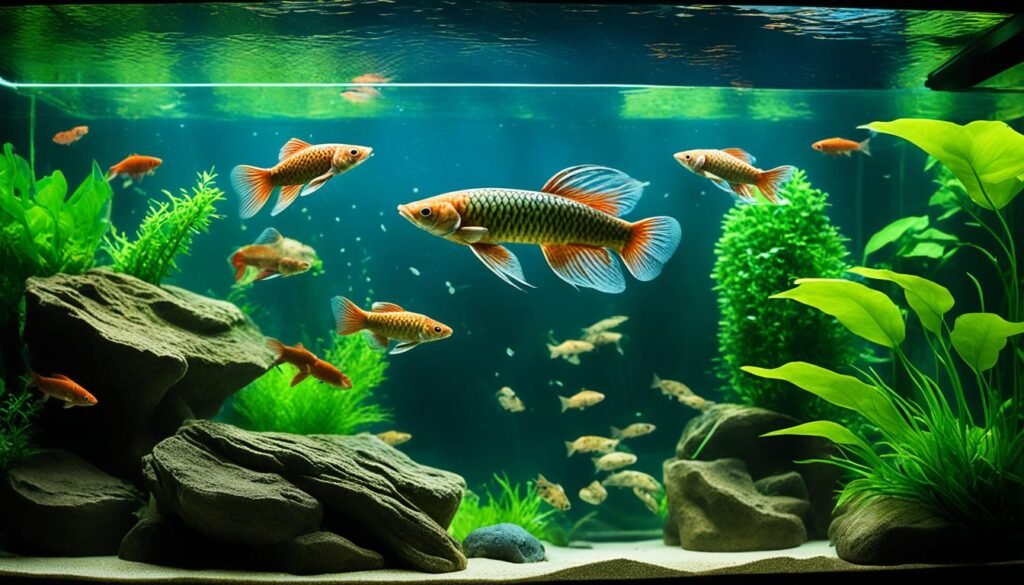
Introducing the Common Pleco into an Arowana tank can have notable benefits. This peaceful, hardy fish can thrive alongside Arowanas in the aquarium if certain conditions are met.
Benefits of Common Pleco
Common Plecos offer several advantages as Arowana tank companions. Firstly, their calm demeanor ensures they do not provoke aggression from Arowanas. Additionally, their ability to consume algae helps maintain tank cleanliness, thus reducing the maintenance burden on the aquarist.
Care and Maintenance
For the well-being of both species, it is essential to provide adequate care and a suitable environment. Common Plecos require driftwood for grazing, which aids their digestion and overall health. A varied diet, including algae wafers and fresh vegetables, supports their nutritional needs. Ensuring a spacious tank is crucial so both the Pleco and Arowana have ample room to coexist peacefully.
By considering these factors, Arowana owners can successfully integrate Common Plecos into their aquariums, optimizing the habitat for both fish and creating a balanced ecosystem.
Choosing Semi-Aggressive Tank Mates for Arowanas
When it comes to selecting ideal tankmates for Arowana, semi-aggressive fish can be a suitable choice. Large enough to prevent predation, these species often have the resilience to coexist with Arowanas, maintaining a balanced and dynamic tank environment.
Examples of Semi-Aggressive Fish
Among the Arowana fish tank mates that fit the bill, Bichir fish and Blood Parrot Fish are excellent examples. Their size and temperament make them capable of withstanding an Arowana’s occasional aggression. They also contribute to the tank by occupying different niches. Both species can thrive if introduced thoughtfully.
Creating Balance in the Tank
Achieving balance in an aquarium with Arowanas involves strategic placement of the semi-aggressive tank mates. By selecting species that complement but do not compete with the Arowana’s territory, the ecosystem remains stable. Bichir fish, with their bottom-dwelling habits, and Blood Parrot Fish, which typically swim in the mid-levels, ensure that the dominant role of the Arowana is not challenged.
Effectively balancing the tank dynamics involves considering specific needs and behaviors. Below is a comparison of semi-aggressive fish suitable for Arowanas.
| Fish Species | Size | Temperament | Niche |
|---|---|---|---|
| Bichir Fish | Up to 30 inches | Semi-aggressive | Bottom dweller |
| Blood Parrot Fish | Up to 8 inches | Peaceful to semi-aggressive | Mid-level swimmer |
By considering these attributes, aquarists can introduce ideal tankmates for Arowana that support a balanced ecosystem, fostering a peaceful yet dynamic aquarium environment. These species not only stand their ground but also coexist harmoniously with their Arowana counterparts.
Ideal Tankmates: Pacu Fish with Arowanas
When considering Safe Tankmates for Arowana, Pacu Fish are an excellent choice. Their relatively solitary behavior and tendency to occupy different tank areas than Arowanas minimize conflicts.
However, it’s essential to recognize the large adult size of Pacu Fish. Their mature size necessitates a spacious aquarium to provide ample territory for both species. This reduces the risk of territorial disputes and ensures a harmonious environment for all inhabitants.
Ensuring your tank meets these spatial requirements is crucial. By doing so, you create a thriving habitat where Arowana Compatible Fish like Pacu can coexist peacefully with your Arowana.
Creating a Community Tank: Role of Silver Dollar Fish
Including Silver Dollar Fish in an Arowana Community Tank is a move that can yield multiple benefits. These peaceful, schooling fish add both visual interest and dynamic movement to the mid-section of your aquarium, contributing to an engaging and lively environment.
What makes Silver Dollar Fish particularly suitable as compatible tank mates for Arowana is their non-aggressive nature. This temperament minimizes the risk of conflicts and provides a calming presence that helps balance the sometimes aggressive tendencies of Arowanas.
However, it is crucial to note that Silver Dollar Fish require substantial space to school properly. This spatial requirement helps maintain harmony in the tank, ensuring that both the Arowana and its mates thrive.
When setting up an Arowana Community Tank, we should ensure that there’s enough room for both the Arowana and the Silver Dollar Fish to coexist comfortably. This balance of space and compatibility is key to fostering a serene and aesthetically appealing aquarium environment.
Additional Recommendations: Keeping Arowana Fish Tank Mates

Creating a harmonious aquarium habitat for Arowanas involves carefully selecting the appropriate tank mates. By matching the temperament and size of potential companions, one can achieve balance and enhance the ecosystem’s overall beauty and functionality.
Popular and Suitable Tank Mates
When considering Arowana Tank Stocking, there are several popular and suitable options I recommend. Tiger Datnoid, Blood Parrot Fish, and Clown Loach are ideal candidates. These fish generally exhibit peaceful behavior and can coexist with Arowanas without competing for food or territory.
Ensuring a Peaceful Environment
Achieving Ideal Arowana Tank Conditions involves more than just selecting the right tank mates. It’s essential to provide adequate space and hiding spots. Regular monitoring of the compatibility among tank mates is also crucial. This proactive approach helps maintain a peaceful and stress-free environment where all inhabitants can thrive.
Considerations for Tank Setup and Maintenance
Ensuring a well-structured and maintained tank is crucial for the health and wellbeing of Arowanas and their companions. By focusing on key aspects like filtration systems, feeding routines, and monitoring fish health, I can create an ideal environment where all aquatic inhabitants can thrive.
Filtration Systems
Arowana Tank Maintenance demands a robust filtration system. The protein-rich diet of Arowanas contributes to a high bioload, necessitating efficient filtration to maintain water quality. Opting for a high-capacity canister filter or a sump system ensures proper waste management and keeps the water parameters stable. These systems not only help in mechanical filtration but also in biological filtration, removing harmful ammonia and nitrites.
Feeding Routine
Consistent feeding routines are integral to the care of Arowana Fish Tank Mates. I must schedule regular feedings to prevent overfeeding, which can lead to water pollution. Providing a balanced diet comprising live food, pellets, and frozen treats ensures nutritional adequacy. It’s important to remove uneaten food promptly to avoid compromising tank cleanliness.
Monitoring Fish Health
Consistent monitoring of fish health is a cornerstone of effective Arowana Tank Maintenance. Observing the behavior and physical condition of the Arowanas and their tank mates allows for early detection of illnesses or stress. Regular water testing for parameters such as pH, ammonia, nitrite, and nitrate levels provides insights into the aquarium’s status, helping address issues before they escalate.
Conclusion
Creating a balanced and thriving aquarium for Arowanas involves understanding their specific needs and natural behaviors, as well as strategically selecting compatible tank mates. Successful Arowana Fish Tank Mates are those that match in size and temperament, providing a harmonious environment that minimizes stress and conflict. By meticulously selecting tank mates that can coexist peacefully with Arowanas, aquarists can enjoy a dynamic and visually appealing aquarium.
Considerations for matching sizes and temperaments are crucial in Balancing Arowana Aquarium setups to avoid predatory behaviors. Fish like Oscars, Common Plecos, and Silver Dollar Fish have shown compatibility when their environmental needs are adequately met, demonstrating how diverse an Arowana’s community tank can be. These tank mates not only complement the Arowana’s presence but also contribute to overall tank health and aesthetics.
Proper setup and diligent maintenance play key roles in the success of housing Arowanas with other species. Efficient filtration systems, consistent feeding routines, and regular health monitoring ensure a clean and safe habitat for all inhabitants. By investing time and effort into these aspects, I can create a serene and engaging ecosystem where my Arowana and its companions thrive.
FAQ
Do Arowanas Need Tank Mates?
What are the challenges of adding tank mates for Arowanas?
Why is size important when choosing tank mates for Arowanas?
Should I consider the temperament of potential tank mates for Arowanas?
Can Oscars and Arowanas live together?
What makes Common Plecos good tank mates for Arowanas?
Are there semi-aggressive fish that can be tank mates for Arowanas?
Can Pacu Fish be tank mates for Arowanas?
How do Silver Dollar Fish contribute to an Arowana community tank?
What are some popular and suitable tank mates for Arowanas?
How can I ensure a peaceful environment when keeping Arowana tank mates?
What are important considerations for tank setup and maintenance when housing Arowanas with other fish?
References
Ornamental Aquatic Trade Association (OATA)
Convention on International Trade in Endangered Species of Wild Fauna and Flora (CITES)
I am a passionate aquarist with over 30 years of hands-on experience in fishkeeping. My journey began at a young age, collecting fish from the wild and learning through experimentation. Specializing in tropical fish, I bring a deep understanding of the hobby to FishKeepingMadeSimple. The site provides honest, detailed reviews of essential products and accessories to help fellow enthusiasts create the best environments for their fish.

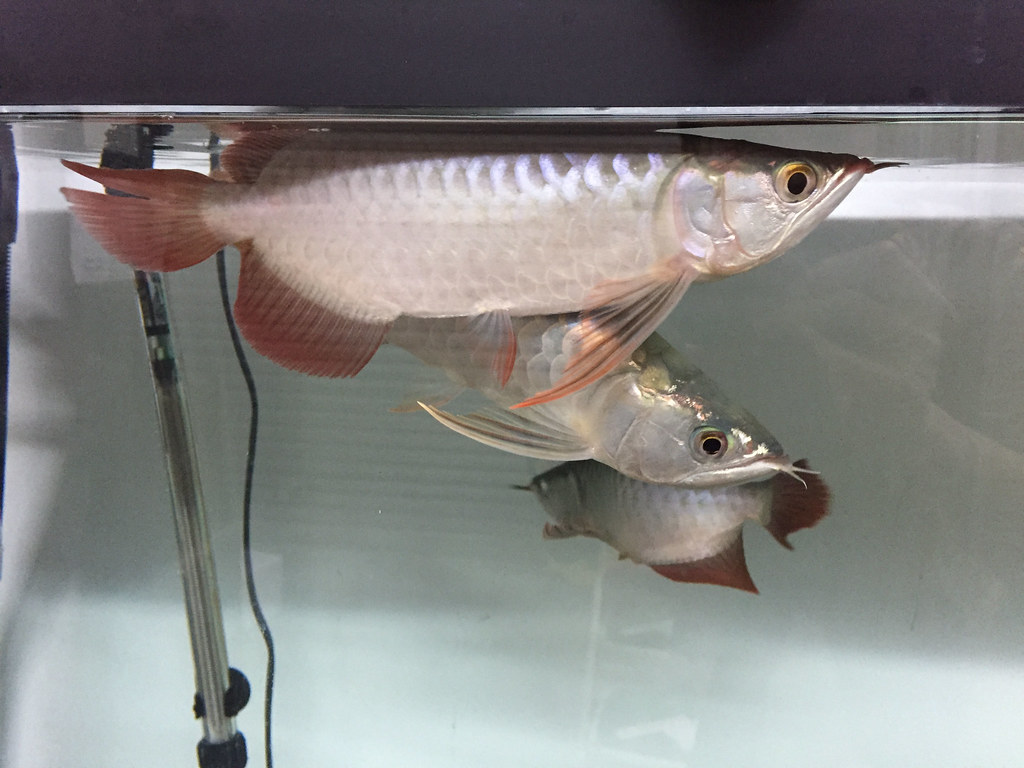

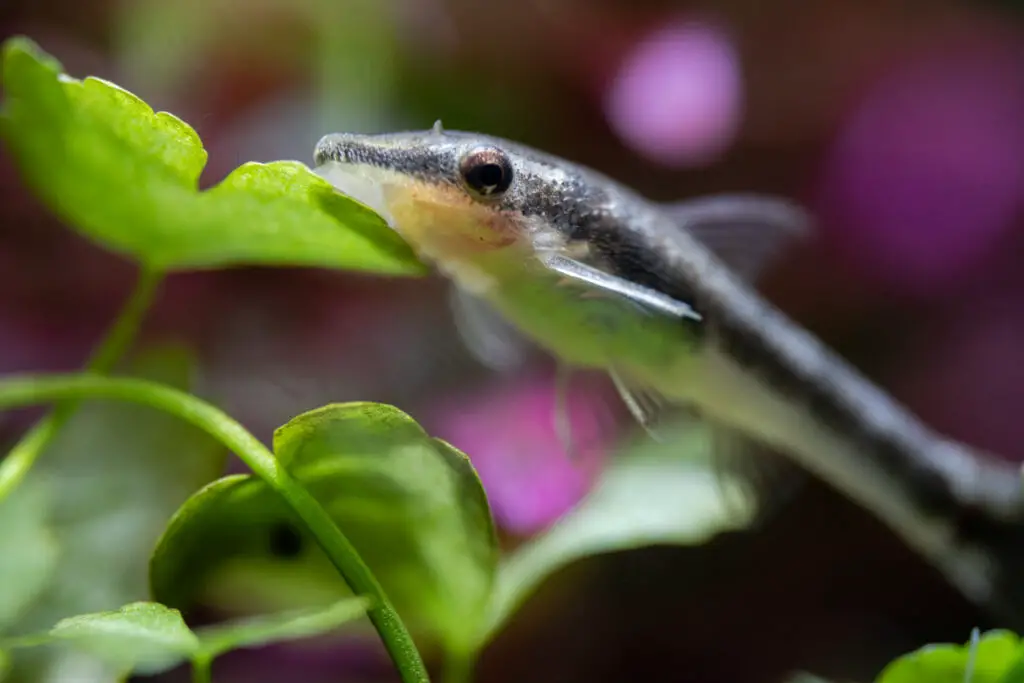
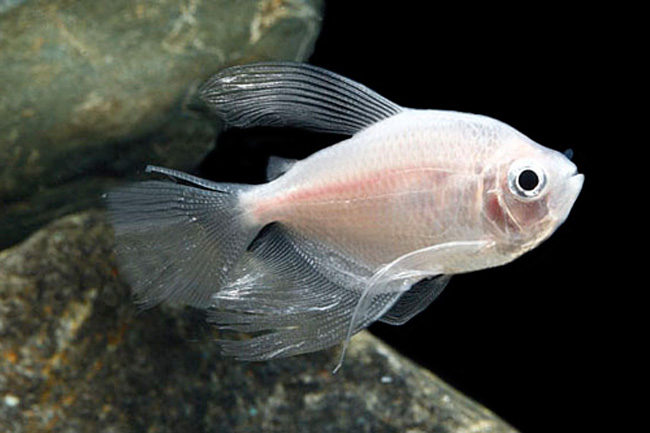
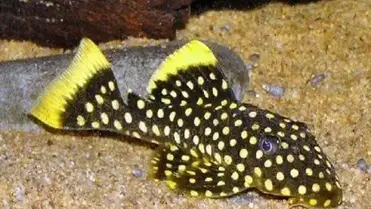
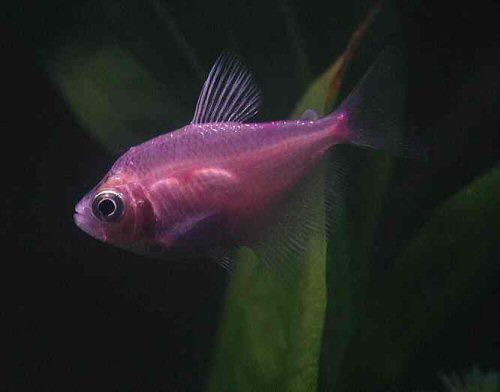
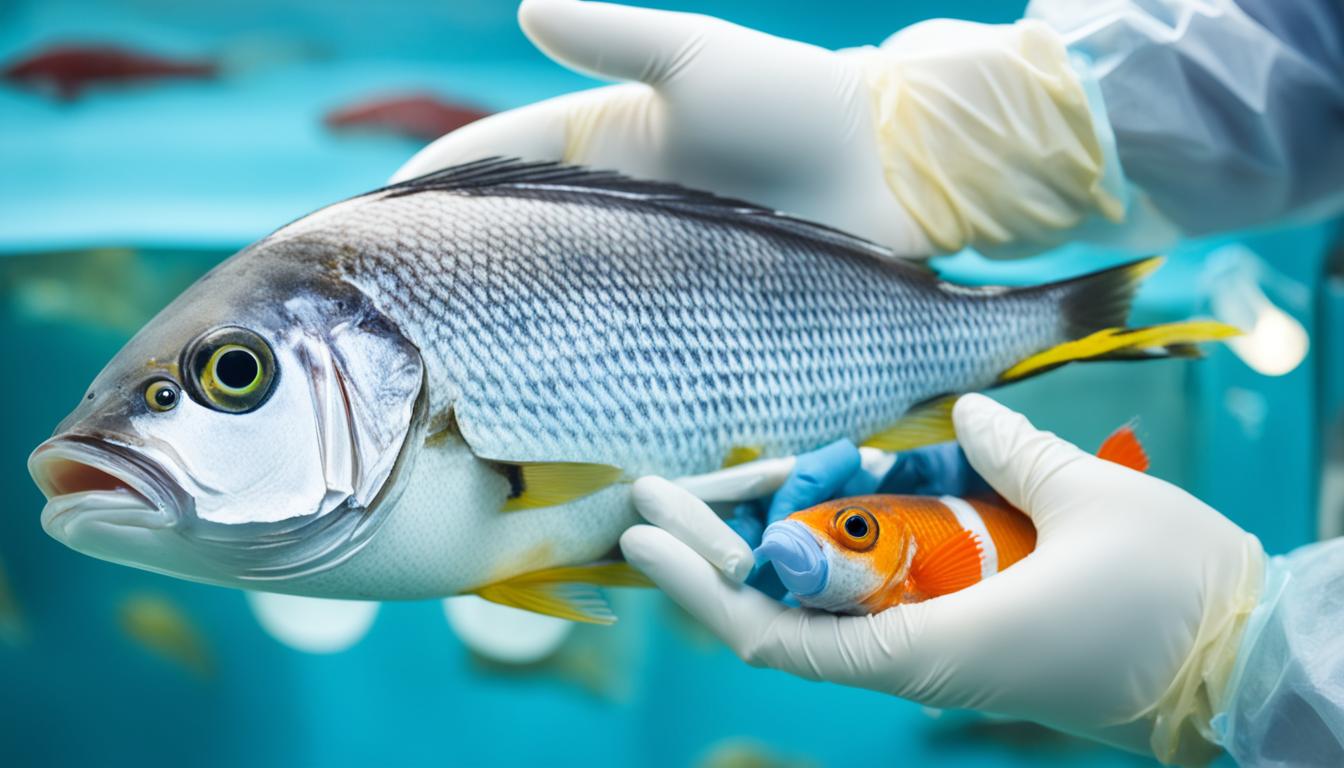
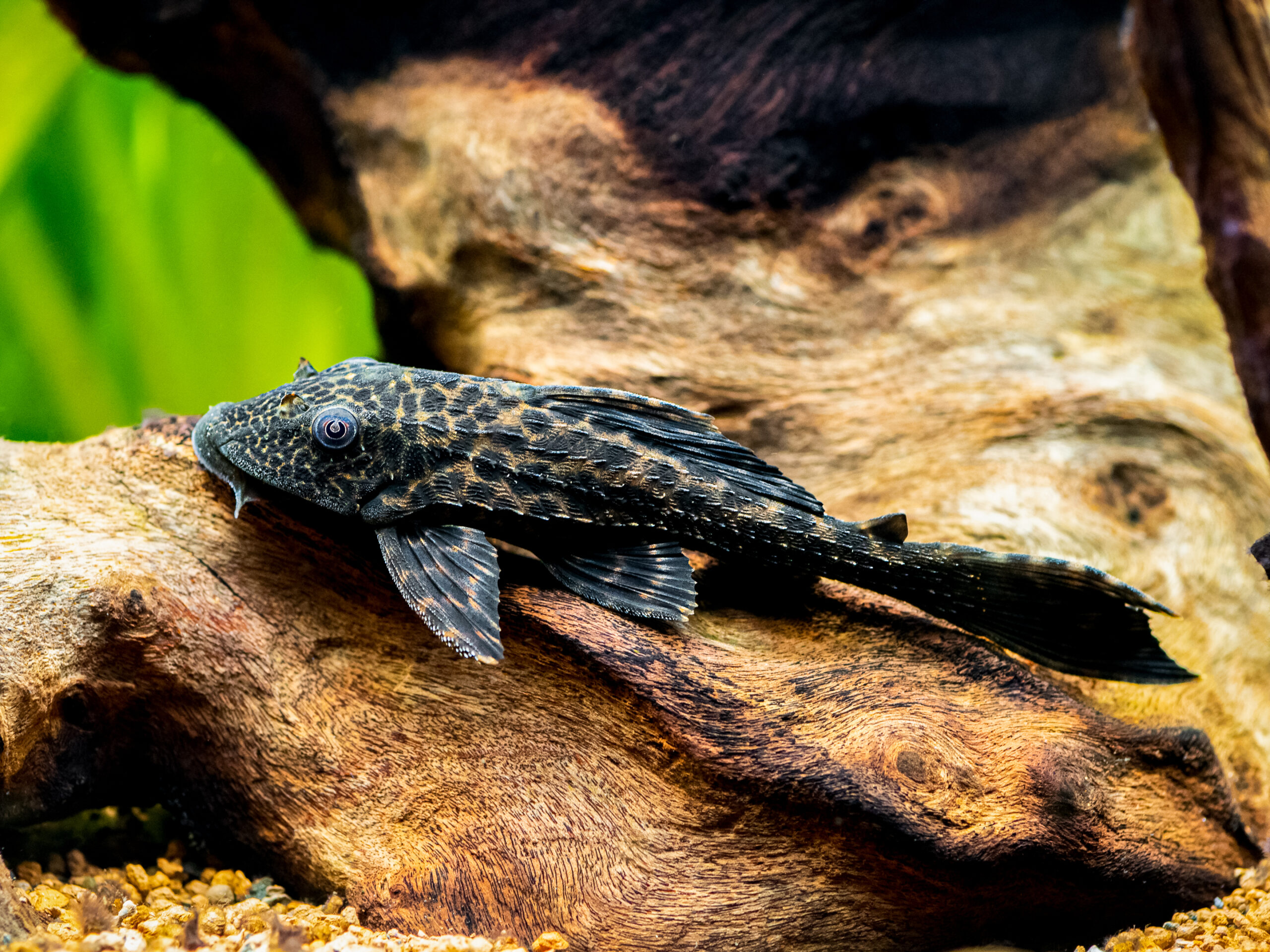

[…] Tank Mates: Hillstream loaches are peaceful and can be kept with other non-aggressive fish species. Consider companions that […]
[…] mating behavior of molly fish is intriguing and unique. Male mollies use their specialized gonopodium to fertilize females, who […]